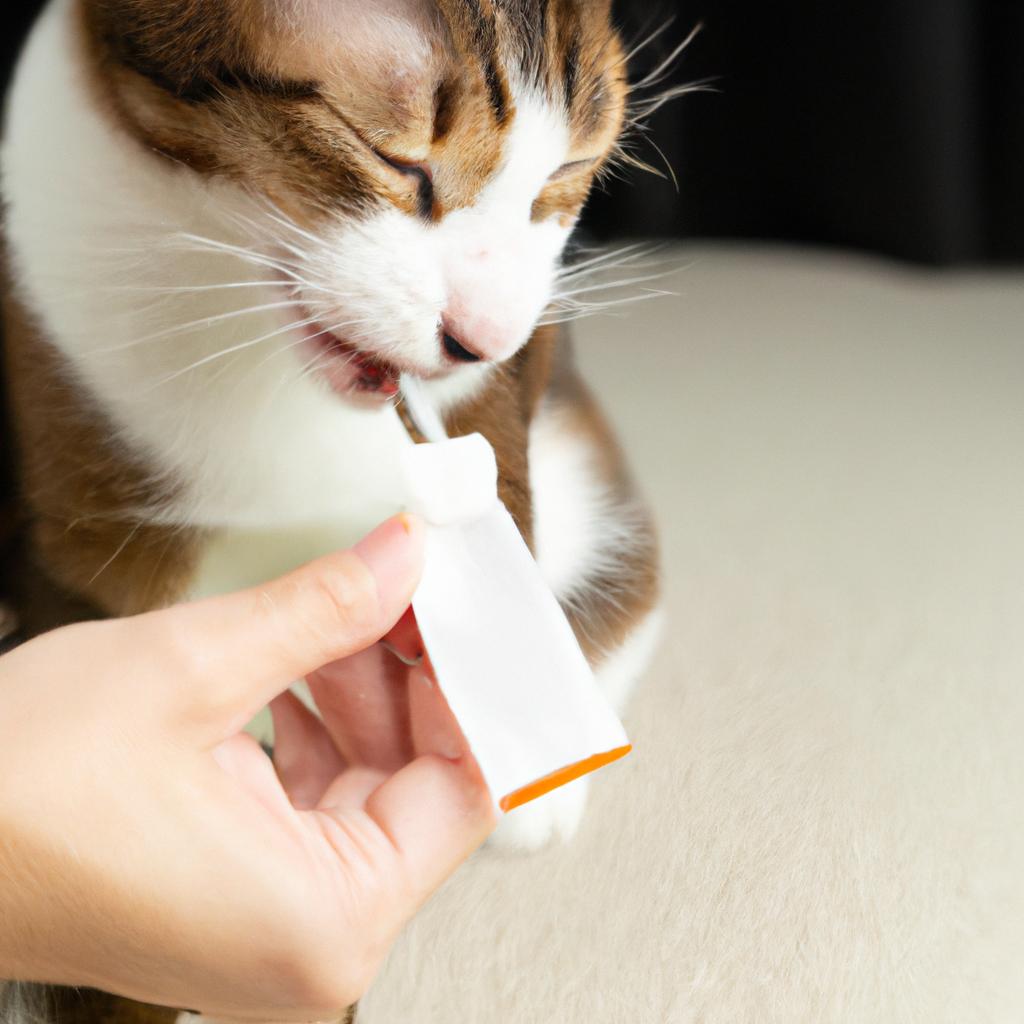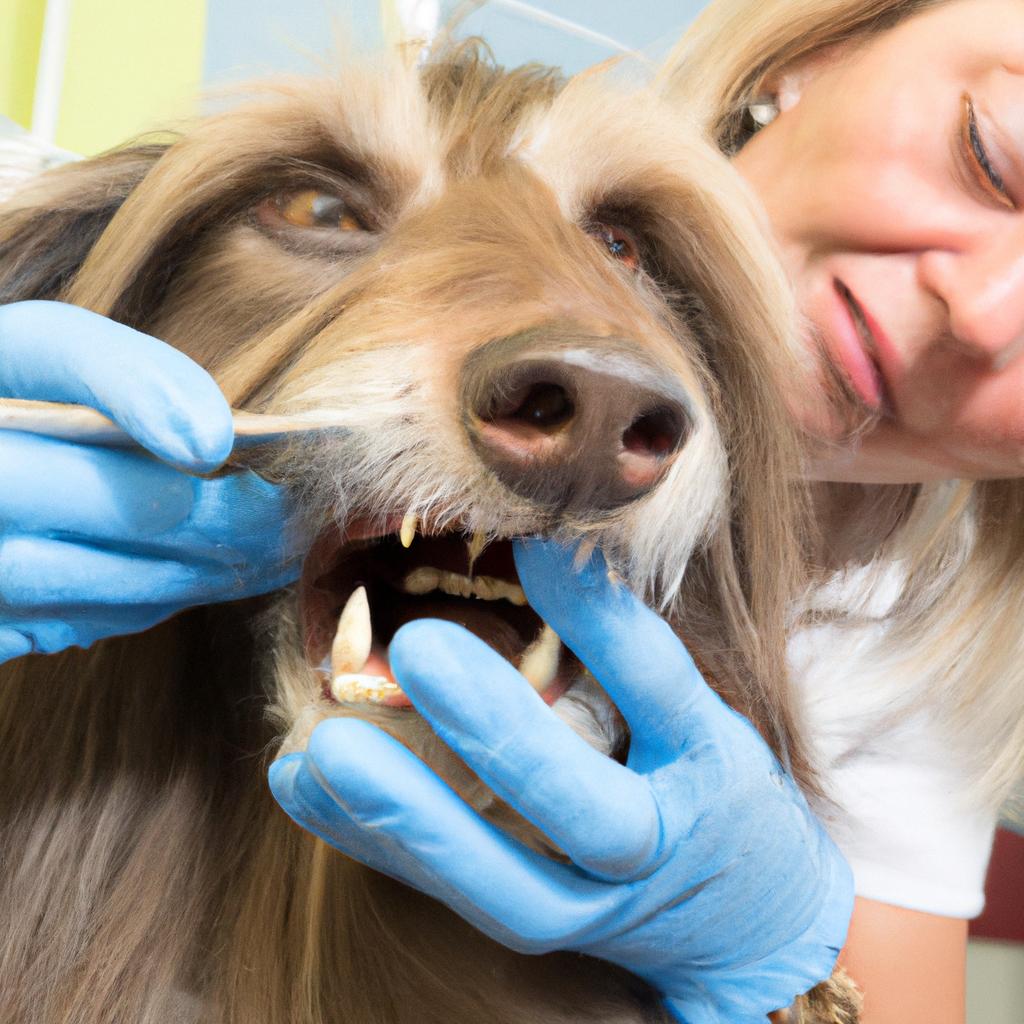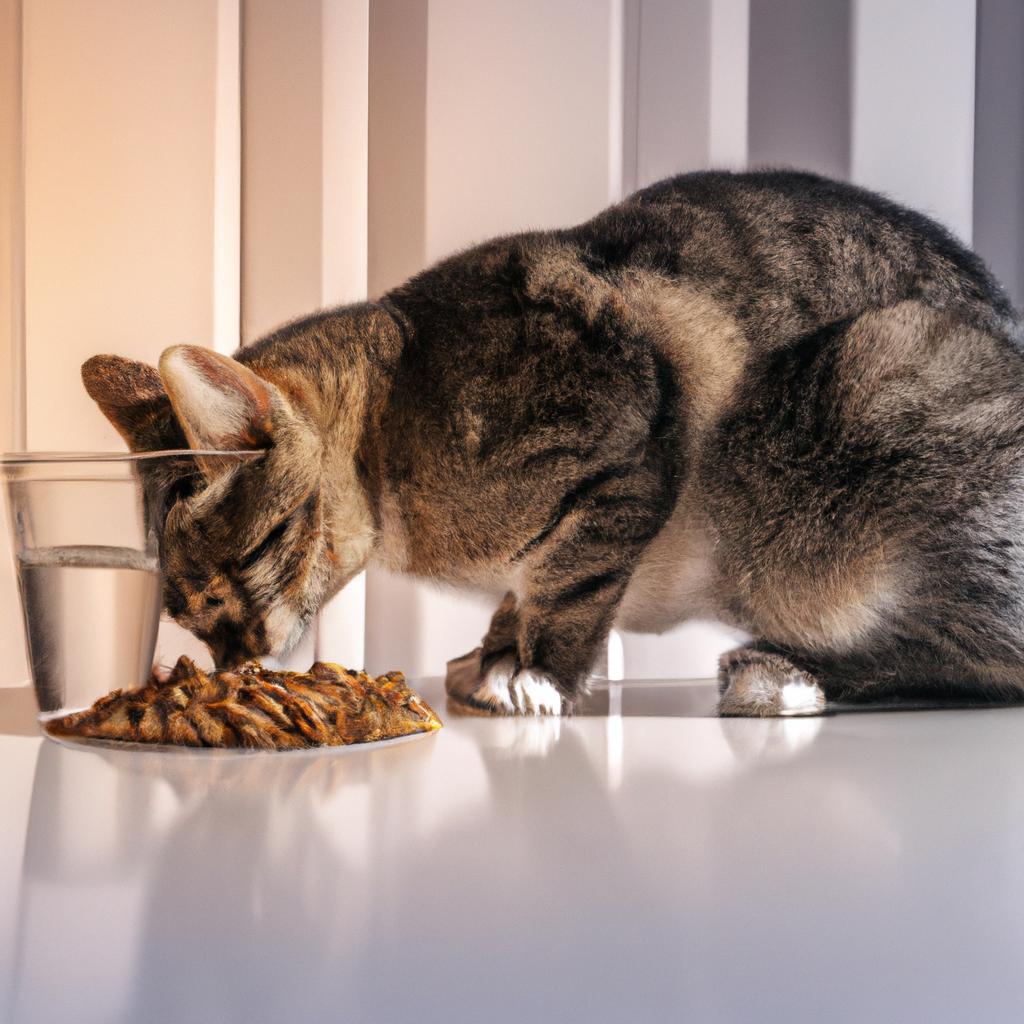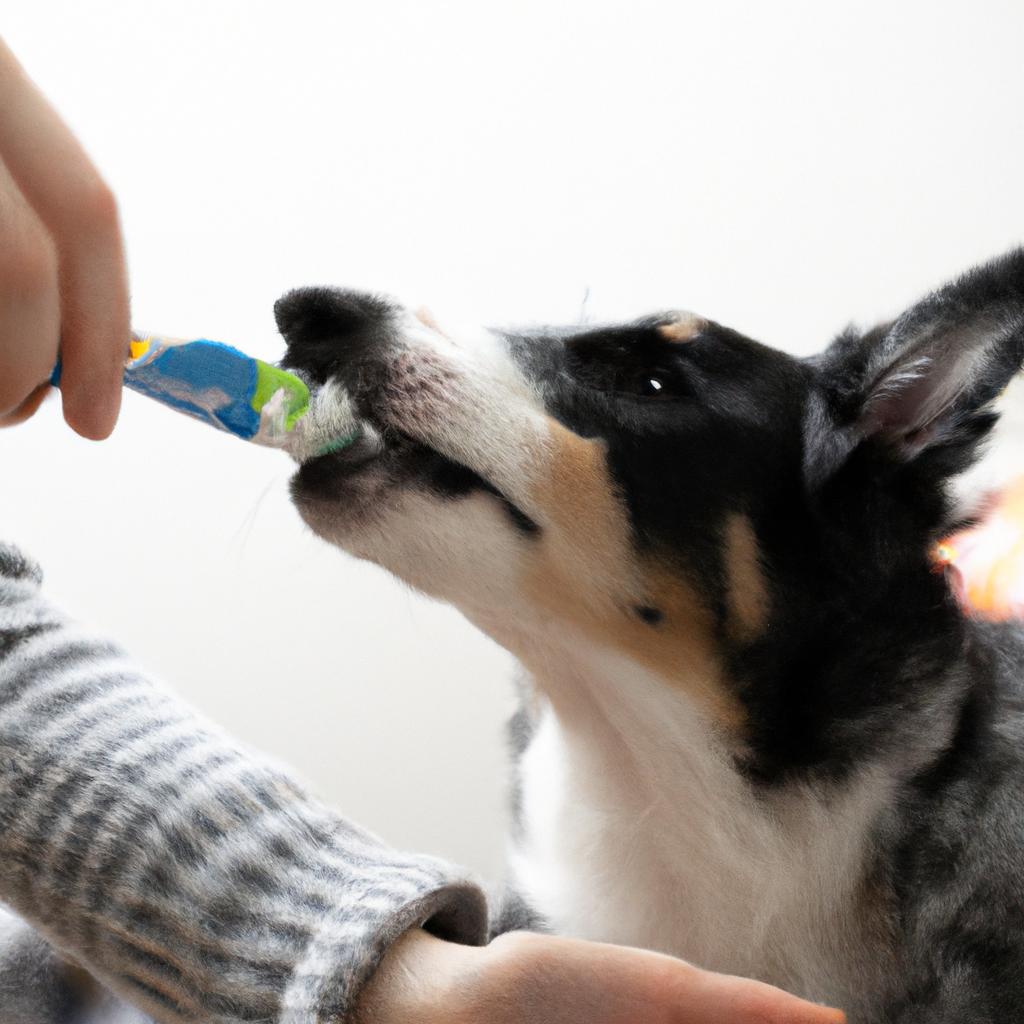Learn How to Care for Your Pet’s Teeth and Gums with our comprehensive guide. Discover the signs of dental problems and effective dental care tips for dogs and cats.
As a pet owner, it’s crucial to prioritize the dental health of your furry friend. Many pet owners overlook this aspect, not realizing that dental care is essential for maintaining their pet’s overall well-being. Neglecting dental care can lead to various dental problems that can have a significant impact on your pet’s health. In this comprehensive guide, we will provide you with invaluable insights on how to care for your pet’s teeth and gums, ensuring they have a healthy and happy smile.
Why Dental Care Matters for Your Pet
Just like humans, pets need proper dental care to maintain good oral hygiene. Neglecting dental care can result in gum disease, tooth decay, and bad breath. Moreover, dental problems can even lead to other severe health issues such as heart and kidney diseases. Dental care goes beyond keeping your pet’s mouth clean; it plays a vital role in preventing potentially life-threatening illnesses.

Signs of Dental Problems in Pets
Being aware of the signs of dental problems in your pet is crucial for timely intervention. Here are some common signs to watch out for:
1. Bad breath
Foul-smelling breath is often an indication of dental issues in pets. If your pet’s breath emits an unpleasant odor, it’s a clear sign that their teeth and gums require attention.
2. Loose or missing teeth
Loose or missing teeth can also be signs of dental problems in pets. If you notice that your pet has lost a tooth or their teeth are becoming loose, it might indicate gum disease or tooth decay.
3. Difficulty eating
If your pet struggles while eating or shows aversion to certain types of food, it could be a sign of dental problems. Dental issues can cause pain and discomfort, making it challenging for your pet to eat properly.
4. Bleeding gums
Bleeding gums can be indicative of gum disease in pets. Gum disease is a common dental problem that, if left untreated, can lead to tooth loss.
By recognizing these signs, you can take the necessary steps to address dental problems in your pet before they worsen.
Dental Care for Dogs

Dogs require dental care just like humans do. Here are some tips to help you take care of your dog’s teeth and gums:
1. Brushing their teeth
Regularly brushing your dog’s teeth is an effective way to remove plaque and prevent gum disease. Use a toothbrush designed for dogs and pet-safe toothpaste. Aim to brush your dog’s teeth at least twice a week.
2. Giving dental treats and toys
Dental treats and toys can assist in maintaining your dog’s dental health by removing plaque and tartar. These specialized treats and toys encourage healthy chewing habits, supporting their teeth and gums.
Stay tuned for the next two sections where we’ll delve into dental care for cats and discuss preventative measures to keep your pet’s teeth and gums healthy.
Dental Care for Cats

Cats also require dental care to maintain good oral hygiene. Here’s how you can take care of your cat’s teeth and gums:
1. Brushing their teeth
Brushing your cat’s teeth can be a challenge, but it’s worth the effort. Use a toothbrush designed for cats and pet-safe toothpaste. Aim to brush their teeth at least twice a week.
2. Using dental wipes or sprays
If your cat isn’t fond of toothbrushes, dental wipes or sprays can be an alternative to clean their teeth. These products are specifically designed to remove plaque and tartar, providing fresh breath for your feline friend.
3. Regular dental check-ups
Just like with dogs, regular dental check-ups are crucial for your cat’s oral health. During these check-ups, veterinarians can examine your cat’s teeth and gums for any signs of dental problems, recommending professional dental cleaning if necessary.
By following these dental care tips, you can help ensure that your pet’s teeth and gums remain healthy. Remember, prevention is always better than cure, so prioritize your pet’s dental health.
Preventative Measures
Preventing dental problems in your pet is just as important as treating them. Here are some preventative measures you can take to keep your pet’s teeth and gums healthy:
1. Feeding a balanced diet
A balanced diet plays a crucial role in maintaining good oral hygiene for your pet. Opt for a diet that is high in protein and low in carbohydrates to help prevent plaque buildup and promote healthy teeth and gums.
2. Providing fresh water
Supply your pet with fresh water at all times to prevent dehydration and maintain good oral hygiene. Fresh water helps wash away food particles and bacteria that can cause dental problems.
3. Avoiding table scraps and sugary treats
Table scraps and sugary treats can contribute to dental problems in pets. Avoid feeding your pet table scraps, as they may contain ingredients that are harmful to their teeth and gums. Instead, offer healthy snacks like carrots or apple slices.
Conclusion
In conclusion, dental care is an essential aspect of your pet’s overall health and well-being. Following the tips outlined in this guide, you can ensure that your pet’s teeth and gums remain healthy, preventing potentially life-threatening diseases. As a responsible pet owner, it’s your duty to prioritize dental care for your beloved companion. If you have any concerns or questions about your pet’s dental health, consult your veterinarian. For more information and guidance on pet care, visit TooLacks.



